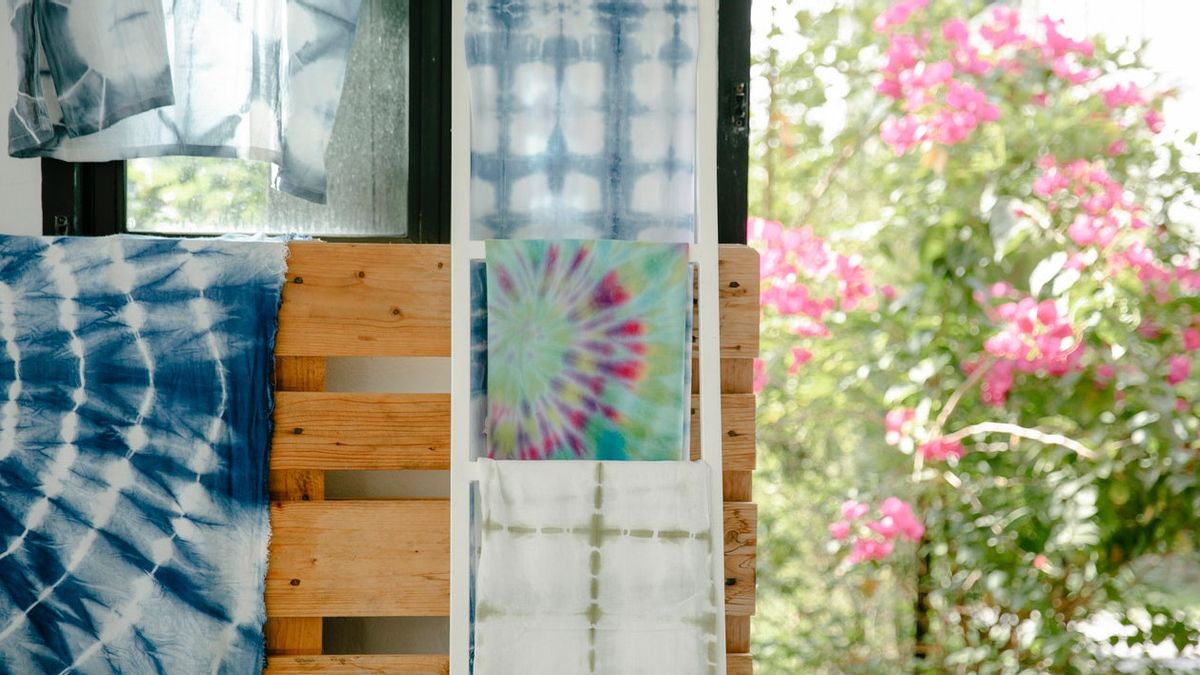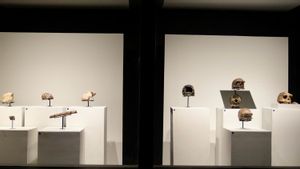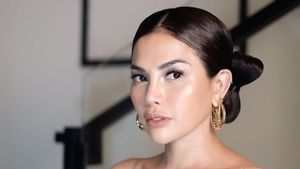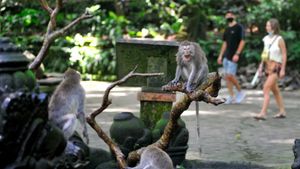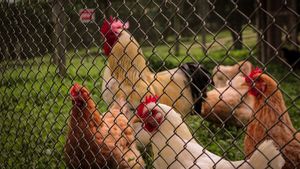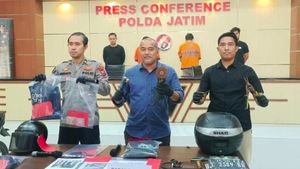YOGYAKARTA – Tie dye is a fabric dyeing technique with a certain pattern. Most popular, tie dye uses natural dyes and is done manually. Apparently, one of the modern tie dye techniques is inspired by shibori or a dyeing technique that has been used for centuries in Japan.
The shibori coloring technique involves folding and tying to hold the pattern then colored according to the pattern being created. Today, it is very popular to color it naturally with indigo and in combination with a darker purple or blue.
Citing The Spruce Craft, the shibori method can be applied to light-colored cotton fabrics. But it can also be applied to natural fabrics, such as silk and linen. Modern tie dyes take inspiration from shibori and some other ancient fabric dyeing techniques. Usually in addition to using a rope, rubber is used to tie it. Plus, to produce a psychedelic color, it needs to be moved using a certain technique.

The final color of a piece of cloth dyed with shibori depends largely on how the cloth is folded and tied. And how long the fabric is exposed to the dye. For indigo color, it takes a lot of oxygen. So when a piece of fabric is dyed in indigo, it needs to be dipped repeatedly to release a deeper blue.
For the most part, the shibori technique uses the akodeon folding technique. So that rectangular pieces of material will get a better color pattern than coloring a t-shirt or dress. Well, to get colors and patterns that match the shibori coloring, it takes experience and practice many times. But when you color with this technique, it's a lot of fun and sometimes you get unexpected unique colors and patterns.
In coloring with an accordion folding technique, the collected areas will retain the light color. While the open piece of cloth will absorb the color more densely. The model of folding and tying tightly can also be adjusted to the color pattern you want to make.
To get a chevron pattern, you can use wooden nails. Then secure the fabric area with thread before joining it all together. The whole piece is then dipped in dye. Finally dried in a cool place to produce the best color.
In addition to the two patterns above, striped patterns can also be made using the shibori technique. That is by folding the material according to the desired pattern, for example a triangle pattern. Then dip each side to get the pattern.
The English, Chinese, Japanese, Arabic, and French versions are automatically generated by the AI. So there may still be inaccuracies in translating, please always see Indonesian as our main language. (system supported by DigitalSiber.id)
